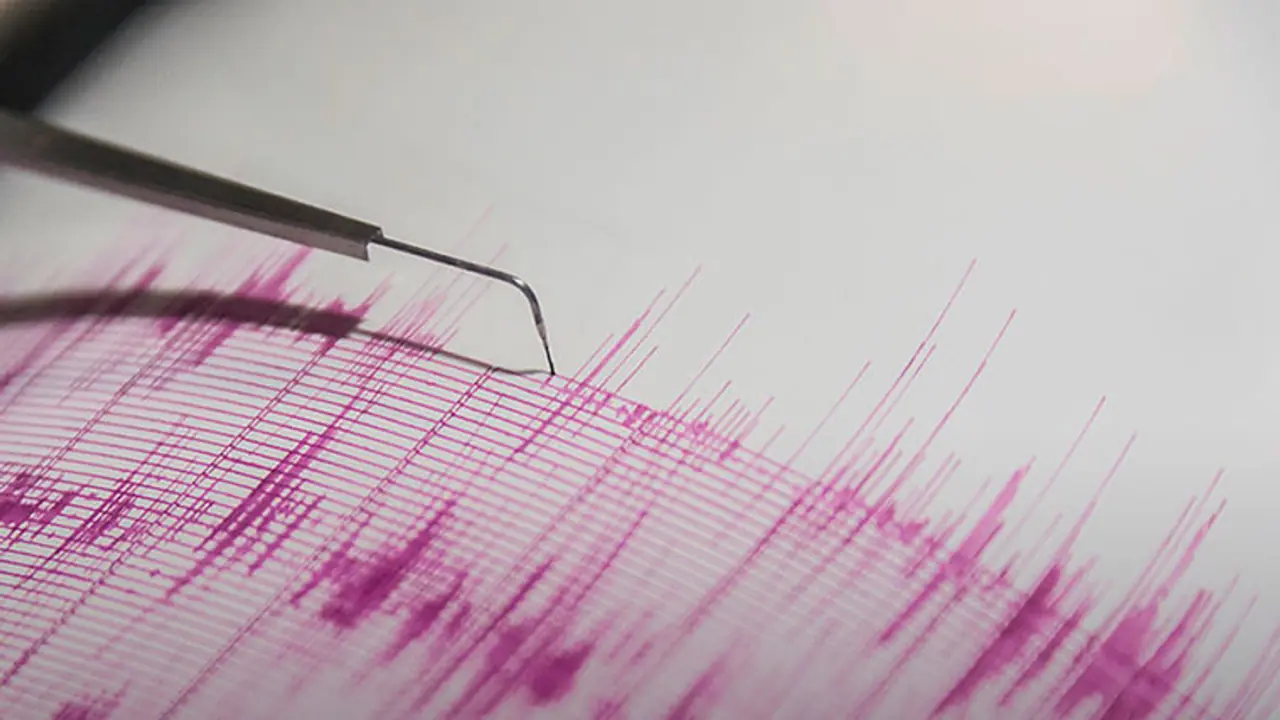The study compiled in the report "Earth and Planetary Science Letters" was published recently after a five-year analysis of the Indian tectonic plate, which subducted under the Eurasian plate in the Himalayan mountain range arc of 2400 km
New Delhi: A recent geological study of the Himalayas since 1505 AD by multiple institutions around the world has become a cause for concern as it indicates a possibility of massive earthquakes in Uttarakhand or an adjoining area in the near future.
The study compiled in the report "Earth and Planetary Science Letters" was published recently after a five-year analysis of the Indian tectonic plate, which subducted under the Eurasian plate in the Himalayan mountain range arc of 2400 km.
Subduction is a geological process by which one plate moves under another and subsequently sinks into the mantle due to gravity.
When India and Asia collided some 90 million years ago, the continental crust of the Indian tectonic plate was forced down under the Asian plate, sinking down into the Earth's mantle to a depth of at least 200 km, read a report by the National Oceanography Centre in Southampton in 2010.
The Indian landmass broke away from the ancient continent called Gondwana some 100 million years ago. It has been moving northward ever since. It merged with the rest of Asia and has still been pushing land further northward. In fact, the Himalayas are called "young fold mountains" as the mountain range was created by this 'upward' pressure. The mountain range is 'young' as its creation is relatively recent, considering the long history of planet earth: 4.543 billion years.
The scientists have now found that a coupled locked fault in the 250 sq km in the Garhwal Kumaon Segment. When a locked fault is formed it is slowly loaded by tectonic forces and elastic strain is gradually accumulated.
The GPS installed in 28 locations in these regions recorded that 18 mm land area is shrinking every year for more than 500 years. Some experts have raised concerns over the findings, escalating worries of an expected major earthquake, which is like to cause a massive devastation.
The report also adds that the coupling will result to release of seismic energy during the future earthquakes. This coupling is estimated to have spread over an area of 85 km.
Further, the report claims that the Dehradun valley in Garhwal will be more vulnerable to damages in future earthquakes in the region.
